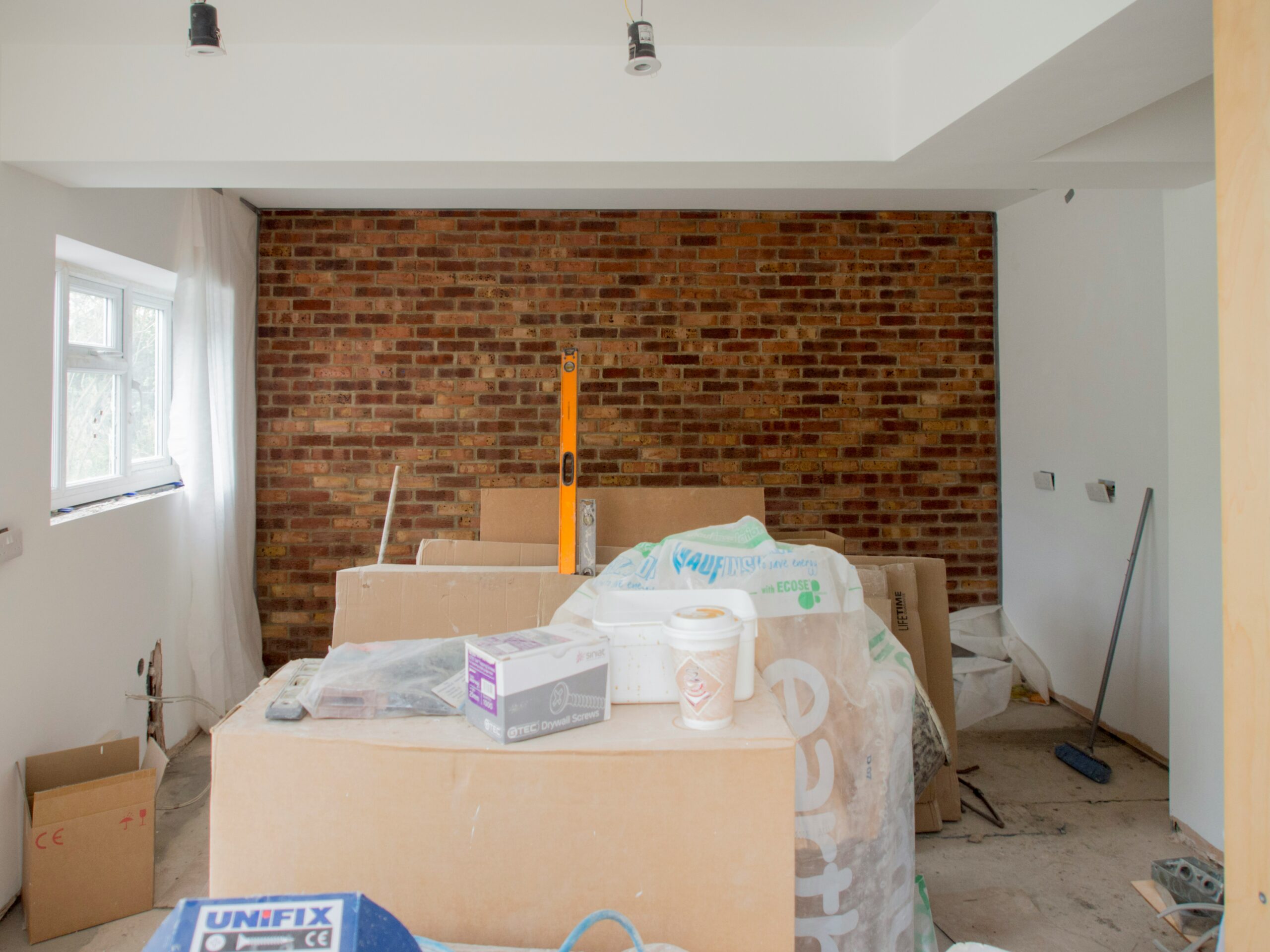Living in Florida means enjoying sunshine, beaches, and warm weather year-round — but it also means preparing for hurricane season. For homeowners planning a remodel, it’s vital to think beyond aesthetics and focus on resilience. Smart design choices today can protect your home, reduce repair costs, and give you peace of mind when the next storm hits.
At FineCraft Contractors, we’ve worked with countless homeowners across coastal and inland Florida to build and remodel homes that look beautiful and stand strong. Here’s what every homeowner should know when planning a storm-ready renovation.
1. Start with a Solid Structural Plan
Every resilient home starts with structure. In storm-prone regions, the foundation and framing systems are your first line of defense.
- Elevated Foundations: If your property is near the coast or in a flood zone, consider elevating the structure above the Base Flood Elevation (BFE). Even a few additional feet can protect your investment from flooding and surge damage.
- Concrete and Reinforced Block Construction: Reinforced concrete block walls and poured foundations perform better under high wind loads than wood framing alone.
- Continuous Load Path: A well-engineered load path connects your roof, walls, and foundation into one unified system, so that high winds can’t “peel” parts of the house away.
2. Upgrade to Impact-Resistant Windows and Doors
Windows and doors are often the weakest points in a storm. When debris hits glass or frames, internal pressure can build and lift the roof.
- Impact-Resistant Glazing: Choose products rated for the Florida Building Code’s High-Velocity Hurricane Zone (HVHZ). They contain laminated glass that resists shattering and keeps the building envelope sealed.
- Proper Installation: Even the best products won’t perform if installed incorrectly. Ensure your contractor follows manufacturer specifications and uses corrosion-resistant fasteners.
- Shutters or Panels: For added protection or when retrofitting older openings, consider removable aluminum or polycarbonate storm panels.

3. Reinforce the Roof — From Deck to Shingles
A secure roof system can mean the difference between minor repairs and major losses.
- Roof Deck Attachments: Use ring-shank nails or screws rather than staples for a stronger hold.
- Underlayment: Peel-and-stick membranes add a secondary water barrier if shingles or tiles are blown off.
- Roof-to-Wall Tie-Downs: Metal connectors, also known as hurricane clips or straps, lock the roof trusses to the walls, preventing uplift.
Wind-Rated Materials: Select shingles or tiles tested for wind speeds of at least 130 mph (or higher in coastal counties).
4. Choose Durable, Moisture-Resistant Materials
Humidity, salt air, and driving rain can quickly wear down materials not designed for coastal environments. When remodeling, invest in finishes that resist corrosion, mold, and rot.
- Exterior Finishes: Fiber-cement siding, stucco, or brick veneer outperform traditional wood in damp conditions.
- Fasteners and Connectors: Opt for stainless steel or hot-dip galvanized metal.
- Decks and Porches: Composite decking and pressure-treated framing withstand both moisture and UV exposure.
5. Plan for Power and Water Resilience
Storms can knock out utilities for days. Thoughtful upgrades can keep your household running and comfortable.
- Whole-Home Generators: Natural gas or propane generators can maintain critical systems like refrigeration and sump pumps.
- Backup Water Systems: Consider on-site water storage or filtration units for short-term outages.
Drainage and Grading: Proper site grading directs water away from the foundation to prevent pooling and seepage.

6. Work with Licensed Professionals Who Understand Local Codes
Florida’s building codes are among the strictest in the country — and for good reason. Working with a licensed design-build contractor ensures your remodel complies with the latest requirements and passes inspections smoothly.
FineCraft’s team is experienced with local permitting, structural upgrades, and materials that perform well in high-humidity, high-wind environments. We coordinate directly with engineers and inspectors to make sure every detail is done right the first time.
7. Think Long-Term: Maintenance and Insurance Benefits
A storm-resistant remodel isn’t just about surviving one hurricane season — it’s an investment in long-term value.
- Homes built or remodeled to modern wind-resistance standards may qualify for insurance discounts.
- Durable materials lower your lifetime maintenance costs.
And most importantly, a well-built home gives you peace of mind knowing your family and property are protected.

Final Thoughts
A remodel is the perfect opportunity to make your home stronger, safer, and more comfortable. By planning for Florida’s storms from the start — not as an afterthought — you can create a space that’s both beautiful and built to last.
If you’re considering a renovation or addition and want to incorporate storm-resilient design, our team at FineCraft Contractors can guide you through every step, from design and materials to permits and construction.
📞 Contact us today at (813) 733-7251 to discuss your project and see how smart remodeling can make all the difference when the next storm season arrives.







